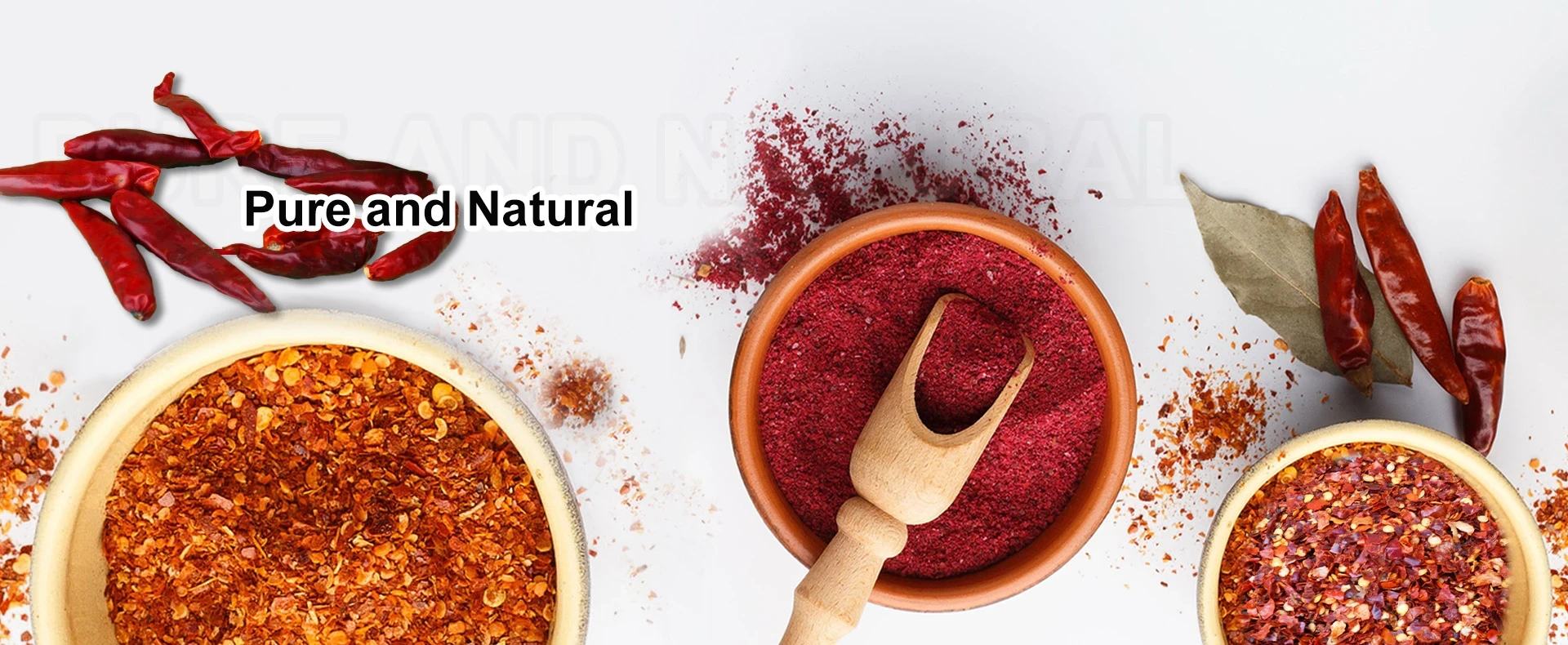- No. 268 Xianghe Street, Economic Development Zone of Xingtai city, Hebei 054001 China
- Byron@hbhongri.cn
small dried red peppers
The Versatility and Flavor of Small Dried Red Peppers
Small dried red peppers, often found in kitchens across the globe, serve as a testament to the rich culinary traditions that celebrate spice and flavor. These tiny powerhouses bring warmth and intensity to dishes, transforming ordinary meals into extraordinary experiences. Their significance spans cultures, cuisines, and historic trade routes, revealing a narrative of global connection and culinary innovation.
Historical Context
The history of small dried red peppers is deeply intertwined with the development of spice trade. Originating from the Americas, peppers were domesticated thousands of years ago. After the Columbian Exchange, these vibrant fruits made their way to Europe, Africa, and Asia, where they were embraced and adapted by local cuisines. In countries like India, Mexico, and Italy, small dried red peppers became essential ingredients, celebrated for their ability to enhance flavors.
Foreign exploration and colonization played vital roles in the spread of these peppers. The spice trade fostered an exchange of culinary ideas, resulting in unique adaptations. For instance, the fiery “piri-piri” in Portuguese cuisine or the subtle “dried chili flakes” in Italian dishes illustrate how small dried red peppers were integrated into various culinary traditions.
Culinary Applications
One of the most compelling aspects of small dried red peppers is their versatility in cooking. They can be used whole, crushed, or ground into powder, offering various flavor intensities depending on the preparation method. In their dried form, these peppers become more concentrated, releasing a robust flavor that can elevate a myriad of dishes.
In Italian cuisine, for instance, small dried red peppers, known as pepperoncini or red pepper flakes, are typically added to pasta sauces, pizza, and marinades to impart a silky heat and rich aroma
. Meanwhile, in Indian cooking, crushed dried red peppers are a staple in many spice blends, contributing to the piquancy of dishes like curries, dals, and chutneys. They are often tempered in hot oil to release their essential oils and flavors before being added to other ingredients, creating a depth of flavor that is unmistakable.In Mexico, dried peppers, such as ancho and guajillo, are integral to creating mole sauces. They are rehydrated, blended with other ingredients, and simmered to develop complex flavors that characterize traditional Mexican dishes. The varying levels of heat and sweetness from these peppers add a unique profile, embodying the essence of Mexican cuisine.
small dried red peppers

Health Benefits
In addition to their culinary appeal, small dried red peppers boast an array of health benefits. Rich in vitamins A, C, and E, these peppers are also packed with antioxidants that help combat oxidative stress in the body. The compound capsaicin, responsible for the heat in peppers, is believed to have anti-inflammatory properties and may aid in weight management by boosting metabolism.
Furthermore, the consumption of spicy foods has been linked to improved cardiovascular health, with studies suggesting that capsaicin can help lower blood pressure and cholesterol levels. The health benefits of enjoying small dried red peppers not only cater to culinary delight but also contribute to a healthier lifestyle.
Global Influence and Popularity
Today, small dried red peppers are enjoyed worldwide, acting as a bridge between cultures. With the rise of fusion cuisine, they are now featured in dishes across many culinary boundaries. Chefs experiment with their flavors, pairing traditional recipes with innovative techniques to create something entirely new.
In home cooking, these peppers are a pantry staple; their long shelf life and ability to intensify flavors make them a go-to ingredient for everyday meals. With global travel and awareness of diverse cuisines, the use of small dried red peppers continues to expand, inviting enthusiasts to explore their unique flavors and the rich traditions they represent.
Conclusion
The humble small dried red pepper is more than just a spice; it is a symbol of cultural exchange, historical significance, and culinary creativity. Whether sprinkled over a pizza or blended into a curry, these tiny peppers pack a powerful punch of flavor and health benefits, making them an essential ingredient in kitchens around the world. Their enduring popularity is a testament to their versatility and the remarkable way they connect us to the vast tapestry of global cuisine. Embracing small dried red peppers not only elevates our meals but also encourages us to explore the stories and traditions behind each delicious bite.
-
Capsicum frutescens oleoresin – High Purity, Food GradeNewsNov.17,2025
-
Capsicum Frutescens Oleoresin – Natural Heat & FlavorNewsNov.17,2025
-
Peppereka Powder – Fresh, Vibrant Color & Sweet AromaNewsNov.17,2025
-
Paprika Oleoresin | Natural Red Color, Heat & Flavor BoostNewsNov.17,2025
-
Pure Turmeric Extract 95% Curcumin | Potent, Lab-TestedNewsNov.17,2025
-
Red Papper Pods – Premium Sun-Dried, Bold Heat & AromaNewsNov.10,2025







